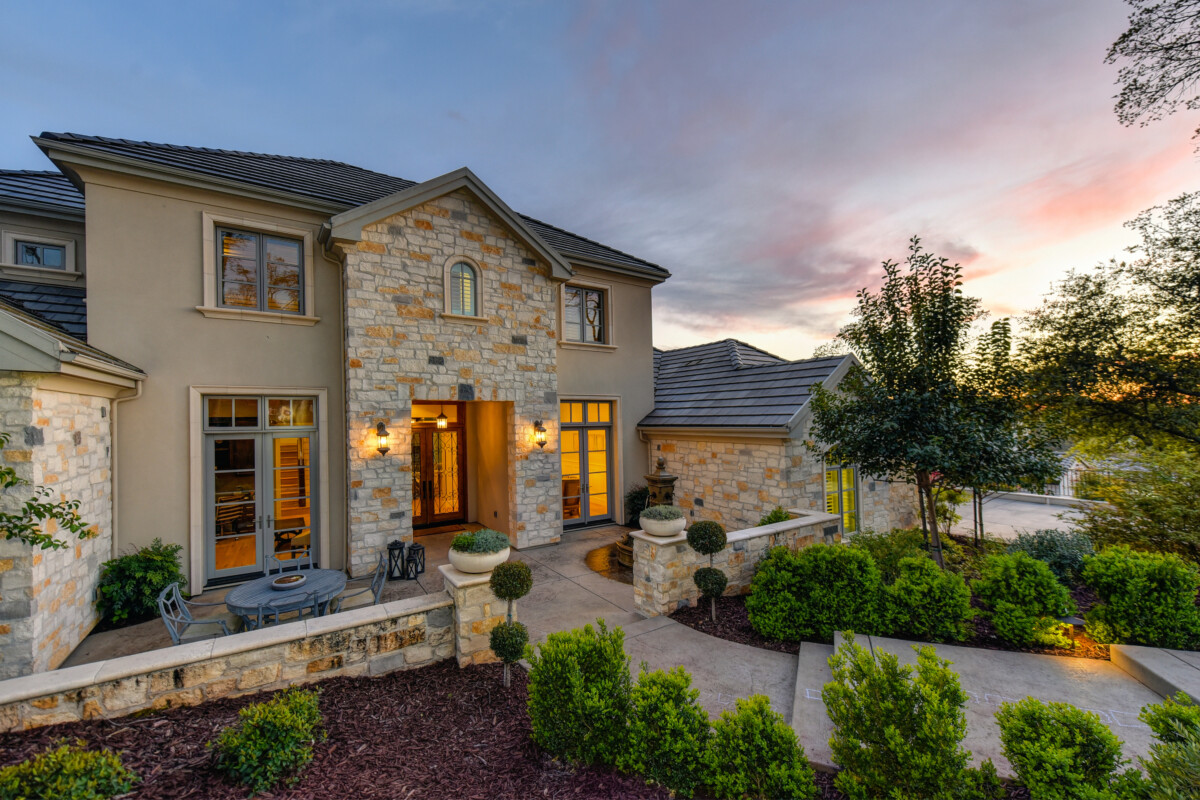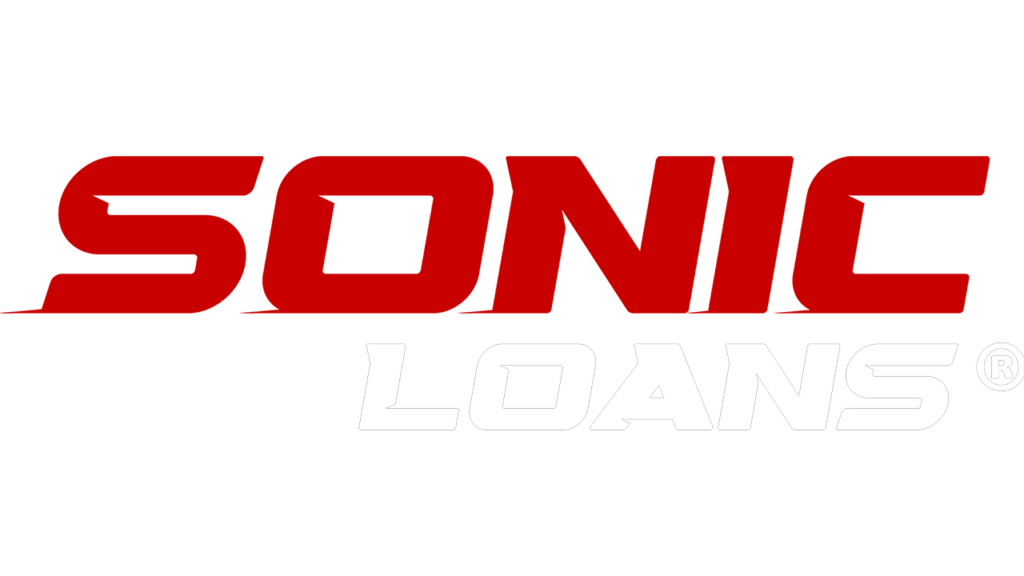
Tiny homes have gained popularity as an affordable and sustainable housing option. However, financing these unique dwellings can be challenging due to their unconventional nature. This blog post explores loan options for tiny homes and essential considerations to help you secure the best financing for your small home dream.
Understanding Tiny-Home Financing Challenges
Traditional mortgage lenders often hesitate to finance tiny homes because they must fit the typical house criteria, such as permanent foundations and minimum square footage requirements. This means buyers must explore alternative financing options explicitly tailored for tiny homes.
Loan Options for Tiny Homes
1. Personal Loans: Personal loans are a popular financing option for tiny homes. These loans are typically unsecured, meaning they don’t require collateral. Here’s what you need to know:
- Pros: Fast approval process, no collateral required, flexible use of funds.
- Cons: Higher interest rates compared to secured loans and shorter repayment terms.
2. RV Loans: If your tiny home is built on a trailer and classified as a recreational vehicle (RV), you may qualify for an RV loan. RV loans are designed for mobile homes and offer favorable terms.
- Pros: Lower interest rates than personal loans, longer repayment terms, tailored for mobile tiny homes.
- Cons: Requires RV certification and may have usage restrictions.
3. Manufactured Home Loans: Tiny homes that meet specific standards and are permanently affixed to land may qualify for manufactured home loans. These loans are available through programs like the Federal Housing Administration (FHA) Title I program.
- Pros: Lower interest rates, longer repayment terms, government-backed options.
- Cons: Stringent eligibility criteria; home must meet specific standards.
4. Chattel Loans: Chattel loans are designed for movable personal property, including tiny homes on wheels. These loans treat the small home as personal property rather than real estate.
- Pros: Suitable for mobile tiny homes, quicker approval process.
- Cons: Higher interest rates and shorter repayment terms.
5. Home Equity Loans: If you own a property, you can use a home equity loan or line of credit (HELOC) to finance your tiny home. These loans use your existing home as collateral.
- Pros: Lower interest rates, longer repayment terms, potential tax benefits.
- Cons: Risk of foreclosure if you default, requires sufficient equity in your existing home.
What to Consider When Financing a Tiny Home
1. Budget and Affordability: Determine your budget and how much you can spend on your tiny home. Consider the total cost, including land (if applicable), construction, utilities, and furnishings.
2. Loan Terms and Interest Rates: Compare different loan options to find the best terms and interest rates. A lower interest rate can significantly reduce your monthly payments and loan costs.
3. Loan Eligibility: Check the eligibility criteria for each loan type. Some loans require specific certifications or conditions, such as RV certification or permanent foundation requirements.
4. Repayment Terms: Evaluate the repayment terms and ensure they align with your financial situation. Longer terms may offer lower monthly payments but higher overall interest costs.
5. Future Mobility: Consider whether you plan to move your tiny home. Mobile tiny homes require financing options different from those permanently affixed to land.
6. Legal and Zoning Regulations: Research local zoning laws and regulations for tiny homes in your area. Ensure your tiny home complies with these regulations to avoid legal issues.
Conclusion
Financing a tiny home requires careful consideration of various loan options and their terms. Whether you choose a personal loan, RV loan, manufactured home loan, chattel loan, or home equity loan, it’s essential to understand the pros and cons of each. By evaluating your budget, loan eligibility, and long-term plans, you can secure the best financing for your tiny home and embark on your journey to minimalist living. Consulting with a financial advisor or lender experienced in tiny home financing can also provide valuable guidance tailored to your unique needs.

















